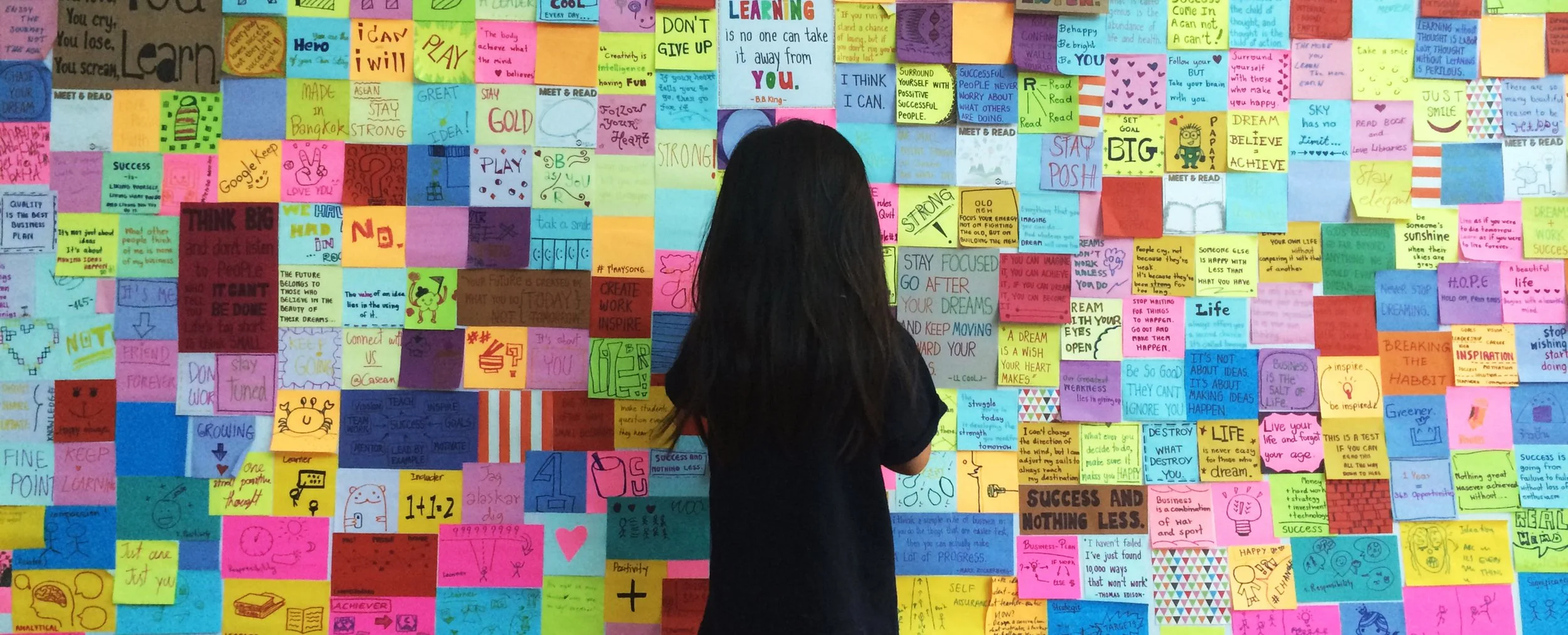Where Classroom Design Meets Design Thinking
/When educators first consider redesigning learning spaces, they might immediately conjure up mental images of free-flowing Starbucks lounges or something out of the Cult of Pedagogy blog’s Classroom Eye Candy series. Yet the impulse to tackle aesthetics first is often premature, according to Rebecca Hare, who teaches art and design in St. Louis and has served as a design consultant for various schools
“So often I work with schools across the country going through this process, and everybody comes to me with the catalog and says, ‘We love these tables, what do you think?’” says Hare, who, together with tech director Bill Selak, will present a strand of sessions around designing thoughtful spaces for learning at the upcoming CUE Bold conference, May 5-6 in Laguna Beach, Calif. “Nobody comes to me and says, ‘We have this incredible vision for learning, what do you think?’ So you really have to walk people back to the higher vision.”
Before coming to education, Hare spent a decade in Italy designing commercial and retail spaces, where she learned to tailor her work to the end user. She returned to pursue a master’s in education and has since helped schools locally and in Miami rethink their environments, often under tight budgets. Selak, who works at the private pre-K through 8 Hillbrook School in the Bay Area, has worked for years on a similar goal, playing a major role in a continuous series of redesigns and remodels aimed at centering learning on student needs, as opposed to asking them to adapt to the space provided.
For Hillbrook, the “Big Why”—the phrase Hare and Selak assign to an overarching vision—has become, by turns, about student autonomy, making and creation, as well as a seamless fusion of technology and environment in an era where ubiquitous WiFi and mobile devices have untethered kids from the traditional concept of a classroom.
“I’m in a school with 1:1 iPads,” Selak explains. “If we’re not giving students choice around space, and not making the space look different, then we’re doing something wrong. Good lesson design, good technology integration and thoughtfully thinking about space—if you’re doing them well, they can’t live without each other.”



















